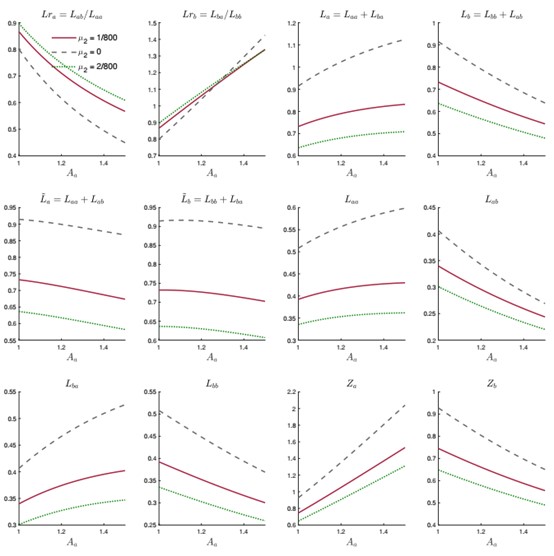
ABSTRACT
Recent research has started to apply environmental dynamic stochastic general equilibrium (E-DSGE) models for climate policy analysis. However, all of the studies assume a closed economy setting, where there is no interaction of the economy with an outside economy; this paper fills the gap by constructing a two-city E-DSGE model that features labor migration. With the model, we solve for the optimal environmental tax rate determined by a Ramsey social planner, who maximizes household utility and takes into account the policy’s impact on labor migration. We find the following. (i) The optimal environmental tax rate should be more volatile and procyclical than the rates predicted in the aforementioned literature. (ii) In the closed economy setting, a higher environmental tax rate would always dampen production, while in our setting, it could stimulate output through deterring labor outflow and attracting labor inflow. (iii) We complement the existing literature by emphasizing that the optimal environmental tax rate in a city should respond not only to the shocks that occur internally, but also to those that occur in the opponent city. In particular, we find that it is optimal to reduce the environmental tax rate if a positive total factor productivity (TFP) shock occurs in the neighbor city.
KEYWORDS
Environmental tax; migration; E-DSGE model
JCR CLASSIFICATION
Q2
Sustainability
https://doi.org/10.3390/su11195147
